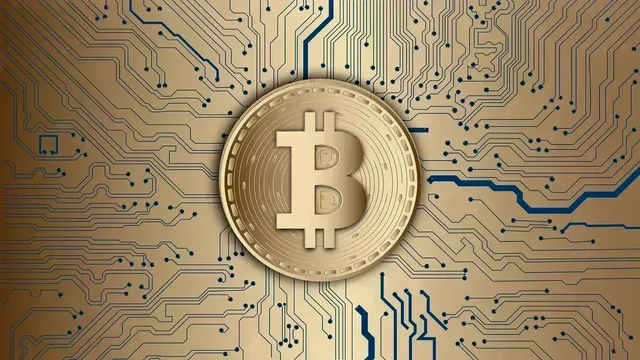Decentralized Exchanges : What It Entails #004
Hello great minds,
I trust you are all doing perfectly fine and are enjoying your activities in the community as usual, as we actively promote steemit on various social media platform.
It is with a humble heart that I happily write this post today to discuss on another topic in the cryptospace.
In our last discussion, we learnt about decentralized exchanges and we entered into a new sub-topic known as cryptographic hash functions.
Here we discussed about a property of cryptographic hash functions and we shall be examining more of its properties, please stay tuned.
PROPERTIES OF CRYPTOGRAPHIC HASH FUNCTIONS
In our last post on decentralized exchanges, we learnt about cryptographic hash functions which is one of the technologies of decentralized exchanges.
And on it, we discussed about preimage resistance as one of the property of cryptographic hash functions, we shall begin our discussion from there, please stay tuned
- SECOND PREIMAGE RESISTANCE:
The second preimage resistance is a property of cryptographic hash functions that makes it very difficult for a given input to produce the same hash value as a different input to be found.
In a simple sentence, once an input hash is known, it should become extremely difficult to find another input with the same hash.
This property of the second preimage resistance is very important in the security and verification of the authenticity of information.
Let us consider the example of digital signatures to fully understand the significance of the second preimage resistance.
When a document is to be signed electronically by someone, a cryptographic hash function is often used to create for the document, a hash value.
This hash value is then used to create a digital signature when it is being signed using a private key.
Now to verify the signature, the hash value of the given document is then recalculated and if it matches with the hash value in the signature, they confirm that the document is still intact and has not been tampered with.
If a hash functions doesn't posses a second preimage resistance, an attacker could easily get a different document that has the same hash value as the original, create a new signature and then manipulate the recipient into accepting the fake document as genuine.
With the help of the second preimage resistance, this kind of attack becomes impossible, thereby creating a strong security on digitally signed documents.
The popularly known cryptographic hash functions like SHA-256 are designed with the technology of second preimage resistance.
They have undergone scrutiny and have been found to be safe again second preimage attacks
CONCLUSION
In conclusion, we can say that the second preimage resistance is a very important feature of the hashfunction as it helps to guarantee the safety of signed documents.
It ensures that no two input posses the same hash value.
In our next discussion, we shall learn more on cryptographic hash functions.

Thank you, friend!


I'm @steem.history, who is steem witness.
Thank you for witnessvoting for me.
please click it!
(Go to https://steemit.com/~witnesses and type fbslo at the bottom of the page)
The weight is reduced because of the lack of Voting Power. If you vote for me as a witness, you can get my little vote.
https://twitter.com/JuecoYoung/status/1708645468442411013
What It Entails is the another part of this content. Thanks fir sharing
Nice post on decentralized exchanges, thanks for sharing, been really educative.